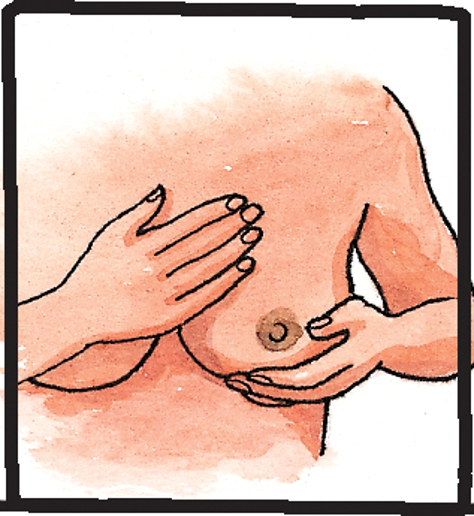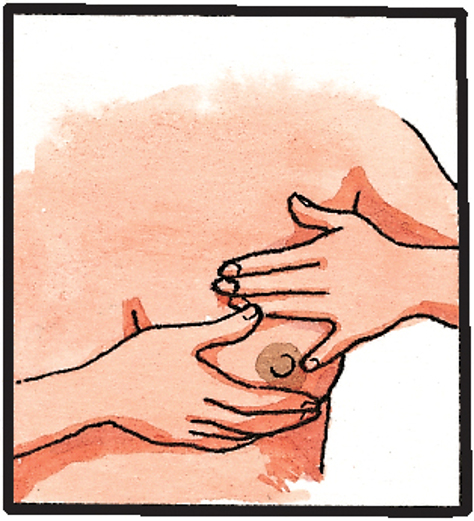Tips to help new mums with expressing while breastfeeding
Understanding what you need to know about expressing your breast milk
We know breastfeeding is good for your baby, but did you know it had all these benefits?
Benefits of breastfeeding
- Breastmilk contains special antibodies which help protect your baby against infections
- Breastmilk is your baby’s natural food, it’s easily digested and enough on its own for the first 6 months
- Breastfed babies are less likely to have eczema and diabetes or high blood pressure and obesity later on
- Breastfeeding helps you and your baby to get to know each other
- Breastfeeding helps give you stronger bones in later life and helps protect against breast and ovarian cancer
- Breastfed babies are not as windy as bottle-fed babies
- Nappies are not as smelly!
What you need to know about expressing your breastmilk.
Expressing breastmilk
Once breastfeeding is established, expressed breastmilk is much better for your baby than formula, and it helps maintain breastfeeding. If you want to give expressed breastmilk, try it on a spoon or from a cup. Your midwife will also show you how to do it, or you can use a breast pump, although it’s best to do it by hand for the first couple of days.
Hand expressing:
- Relax and gently massage all around your breast
- Place your thumb on top of your breast just behind the edge of your areola. Place your next two fingers below your areola so they cup your breast in a C shape
- Keeping your thumb and fingers in the same place, gently press your thumb and fingers together, squeezing the breast tissue. This shouldn’t hurt
- Squeeze for 1-2 seconds and then release. Repeat several times so that you get into a rhythm of press and release. Try to avoid ‘dragging’ your skin. At first maybe only a couple of drops of breastmilk will appear but gradually with more stimulation your milk will flow more freely. Have a sterile container ready to collect any milk you express
- When your milk flow starts to slow down, move your thumb and fingers into a different position around your areola and repeat. You can use your thumb and fingers from your other hand to ensure you reach all sections of your breast. Once you have expressed from one breast, swap to the other breast and repeat.
Preparing to express



Supporting your breast in one hand, massage downwards. Then, use a stroking movement with your fingertips or closed fist and gently stroke down towards the nipple. This will help your milk start to flow.
Storing breastmilk
-
Always store breastmilk in a sterile container:
- In the fridge: It will keep for between 4-8 days at the back or the bottom, at 4°C (39°F) or lower. Don’t keep it in the door. If the fridge temperature rises above 4°C or you're unsure of your fridge's temperature, use within 3 days or throw away
- In the fridge ice compartment: For up to 2 weeks
- In the freezer: At -18°C or lower. It will keep for up to 3 months in an upright freezer or 6 months in a chest freezer. If your baby was premature, don’t store milk for longer than 3 months.
- Defrost your milk in the fridge, shake gently, then use it straight away (if you want to warm it to body temperature place the container in lukewarm water).
- You mustn’t refreeze it. Never defrost or warm up milk in the microwave as it can create hot spots that could scald your baby.